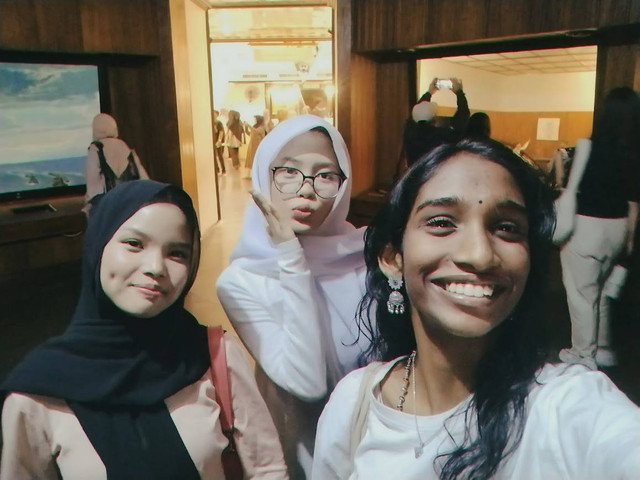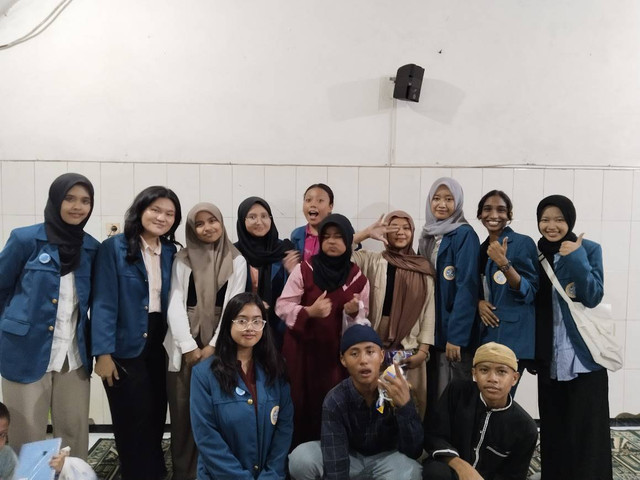Tentang KamiPedoman Media SiberKetentuan & Kebijakan PrivasiPanduan KomunitasPeringkat PenulisCara Menulis di kumparanInformasi Kerja SamaBantuanIklanKarir
2025 © PT Dynamo Media Network
Version 1.103.0
Konten dari Pengguna
Understanding Social Inequality in Indonesia
9 Desember 2024 15:31 WIB
·
waktu baca 2 menitTulisan dari Sudarshanaa Muralidharan tidak mewakili pandangan dari redaksi kumparan


ADVERTISEMENT
Social inequality is a big problem in Indonesia, even though the country has grown economically over the years. A small group of rich people owns most of the wealth, while many others struggle to make ends meet. The difference is clear between cities and rural areas. Cities like Jakarta and Surabaya are full of opportunities and good jobs, while many rural areas lack basic services, proper roads, and steady incomes. Farmers, for example, often struggle with low crop prices and old farming tools, which keep them in poverty.
ADVERTISEMENT
Education is another area where inequality is obvious. In cities, children can go to good schools with modern facilities and qualified teachers. But in rural and remote areas, schools often lack resources, and teachers are not well-trained. During the COVID-19 pandemic, the problem became worse because many rural children didn’t have internet or devices to study online, unlike children in cities.
Healthcare also shows the gap between the rich and poor. Cities have good hospitals and doctors, but many rural areas don’t even have basic clinics. People in villages often have to travel far for treatment. Although the government has introduced programs like BPJS Kesehatan, which offers health insurance to everyone, many still don’t get proper medical care.
ADVERTISEMENT
The government is trying to reduce inequality by launching programs like Program Keluarga Harapan (PKH), which helps poor families with financial support. They are also building roads, schools, and clinics in rural areas and offering free education. While these efforts have helped, problems like corruption and poor management have slowed progress. Organizations like NGOs also play a role in helping poor communities by giving support in education and healthcare.
To reduce inequality, Indonesia needs to focus on improving rural areas, providing better education and healthcare for everyone, and ensuring the government works effectively. If the government, businesses, and people work together, they can make sure that economic growth benefits all Indonesians, not just the wealthy. Reducing inequality is important not only for helping millions of people but also for building a stronger and more united country.
ADVERTISEMENT

